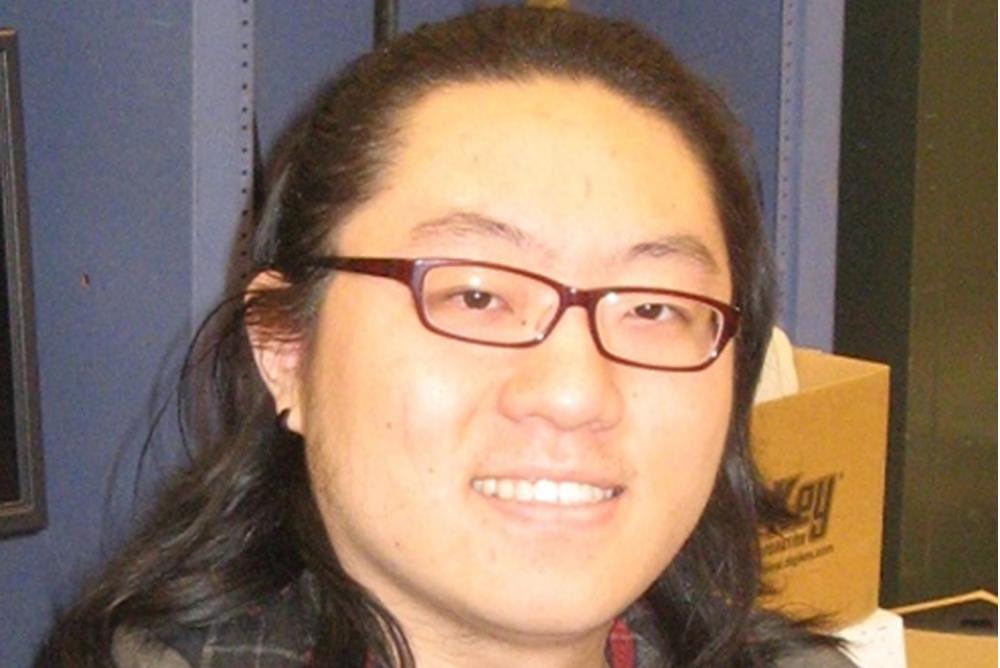Arts & Sciences Events
This calendar presented by
Arts & Sciences
[PAST EVENT] Shuangli Du, Physics - Final Oral Dissertation Defense [Zoom]
July 21, 2021
2pm - 5pm
Location
Zoom
Shuangli Du, Physics - Final Oral Dissertation Defense
Zoom link is available upon request. Please email [[w|evwilk,Ellie]]
Title: “AC & DC Zeeman Interferometric Sensing with Ultracold Trapped Atoms on Chip”
Bio: Shuangli Du was born in China and then moved to Japan with his parents. He spent his happy childhood in Nagoya, Aichi prefecture in Japan, and enjoyed baseball every day. He then moved back to Beijing, China, at the age of 8, and lived there for the next 14 years. In China, he gradually showed his interest in science and finally choses physics as his major for his undergraduate education at Renmin University in China. As an undergraduate researcher, he mainly worked on Angle-Resolved photoemission spectroscopy in condensed matter physics with Prof. Shancai Wang to fabricate the MoS2 crystals and measure their energy structure and electron density. In the third year of his undergraduate studies, he learned of cold atom physics in a seminar and developed a strong interest in it, which led him to his graduate studies in the Lab of Seth Aubin at the College of William & Mary. During his Ph.D. research, he developed a lot of experience in engineering physics and improved the lab apparatus, including microwave amplifiers, apparatus monitoring systems, and the potassium laser cooling and trapping system. He also made a lot of progress on physics research, including theoretical research on microstrip transmission lines and experimental research on atom interferometers. During his theoretical research, he developed an interest and talent for programming and will work on the electronic design automation software at Cadence Inc. after graduating. The experience in physics research, especially on the atom chip, will be beneficial for his new career.
